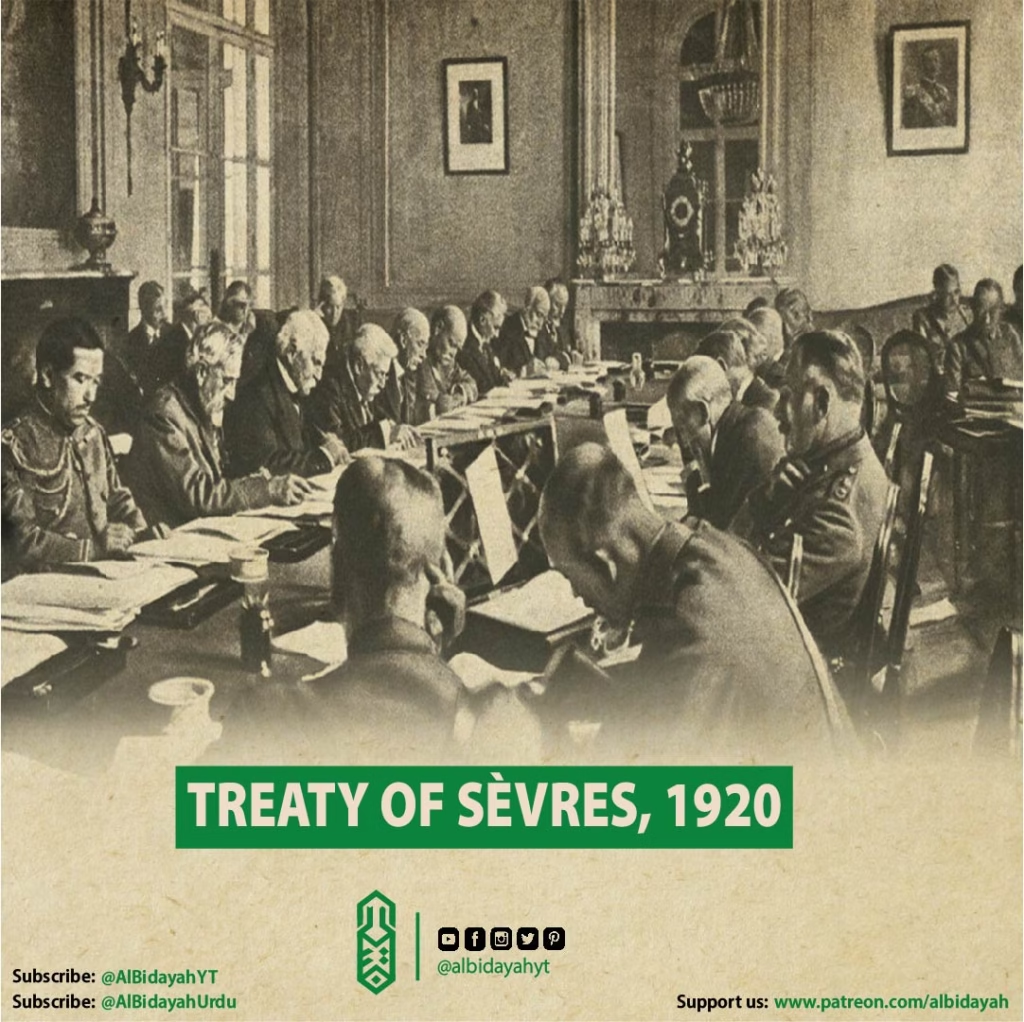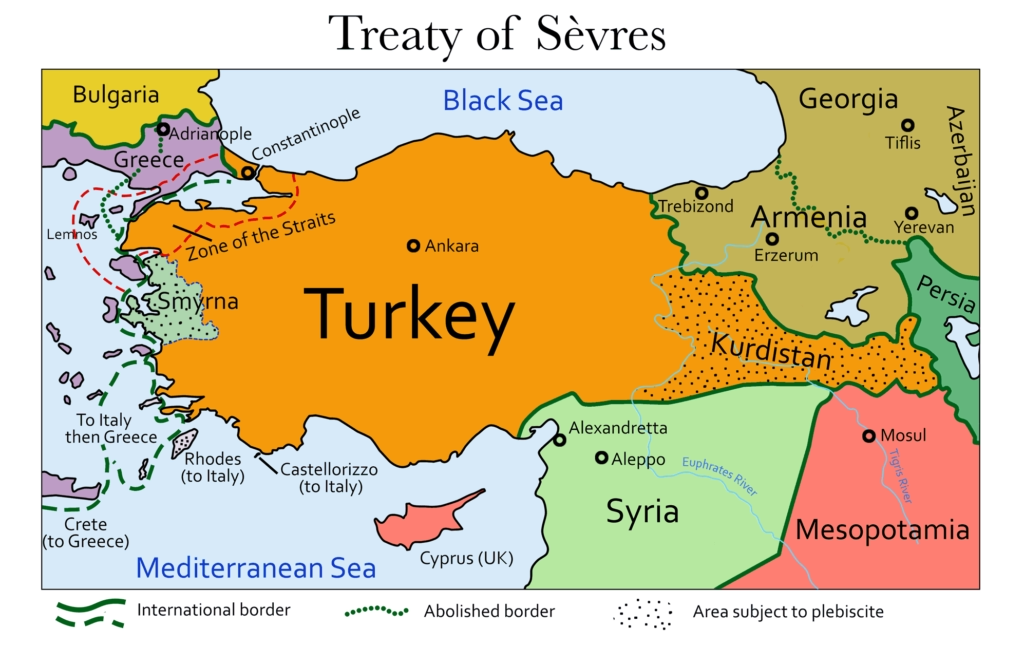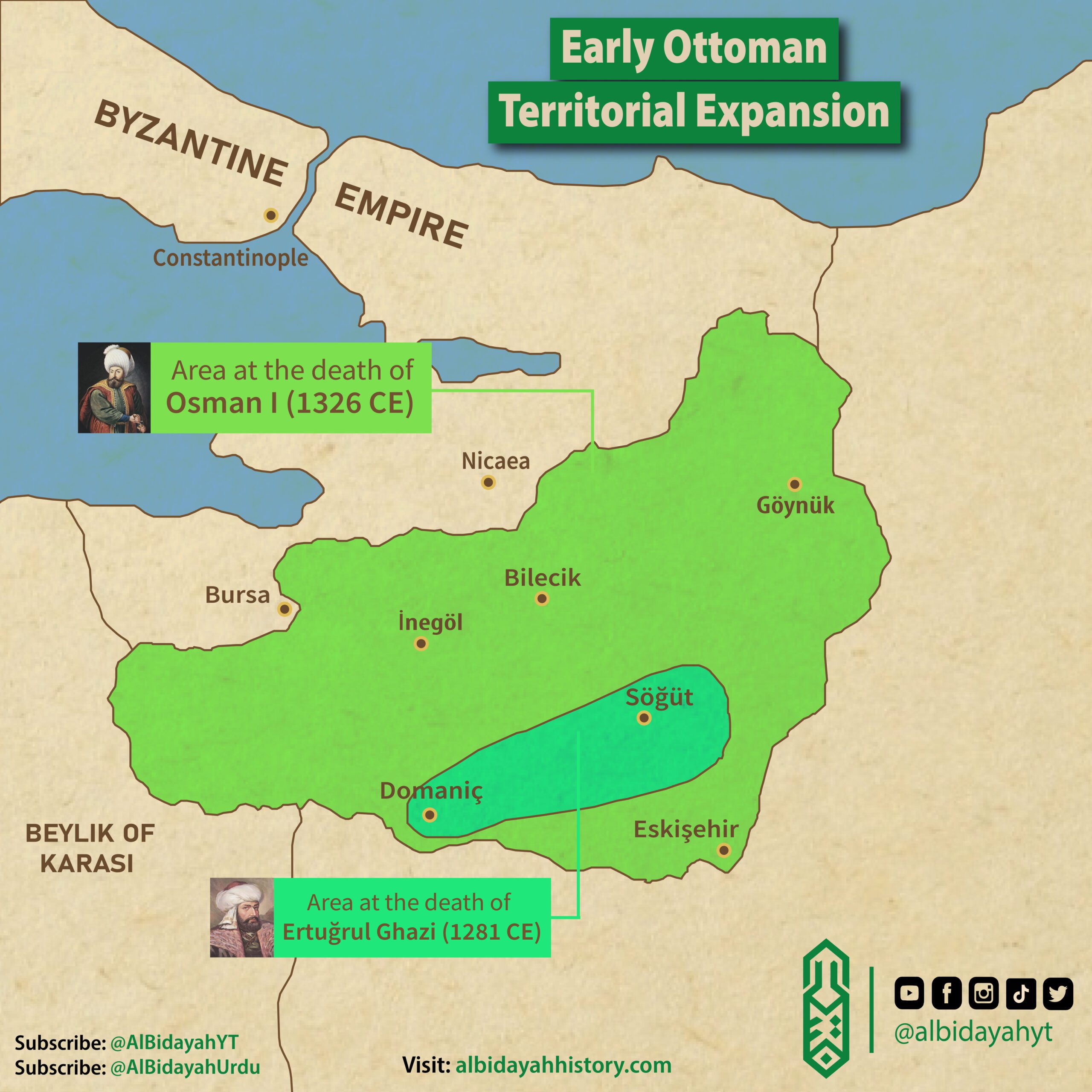On 10 August 1920 CE, the Treaty of Sèvres was signed between the Ottoman Empire and the Allied Powers (excluding Russia and the United States) in Sèvres, France.
This treaty marked the partition of the Ottoman Empire and effectively ended Turkish sovereignty, following the decisions made earlier at the San Remo Conference.

Territorial Changes in Asia
Under the treaty, Turkey renounced control over its vast Asian territories:
- Smyrna (modern İzmir) was placed under Greek administration, with a plebiscite planned to decide its future.
- Mesopotamia (Iraq) and Palestine (including Transjordan) became British mandates.
- Syria (including Lebanon) became a French mandate.
- The Kingdom of Hejaz was recognized as independent.
- Anatolia remained under Turkish control, but autonomy was promised to Kurdistan.
- Armenia was declared a separate republic under international protection.
See Also: Abolition of the Ottoman Empire
Changes in Europe
In Europe, Turkey ceded parts of Eastern Thrace and certain Aegean islands to Greece, and the Dodecanese and Rhodes to Italy, retaining only Istanbul and its environs, including the Zone of the Straits; Dardanelles and Bosphorus, which was neutralized and internationalized. The Allies further obtained virtual control over the Turkish economy with capitulation rights.

Reactions and Resistance
The Istanbul government under Sultan Mehmed VI (Vahdettin) accepted the Treaty of Sèvres.
However, it was rejected by the Turkish Nationalist Movement led by Mustafa Kemal Atatürk in Ankara.
Atatürk allied with the Soviet Union and led a successful resistance against the Greeks during the Turkish War of Independence (1919–1923).
The End of the Ottoman Empire
The Treaty of Sèvres, imposed after World War I, had dismantled the Ottoman Empire and left Turkey with little sovereignty.
But Atatürk’s nationalist victories and the abolition of the Sultanate shifted the balance of power.
Consequently, the Allies were forced to negotiate a new treaty.
See Also: Sultan Abdul Hamid II ascended the throne
Accordingly, the signatories of the Treaty of Sèvres and delegates of the USSR (excluded from the previous treaty) met at Lausanne – Switzerland. After lengthy negotiations a peace treaty was signed in 1923 AD/CE.



